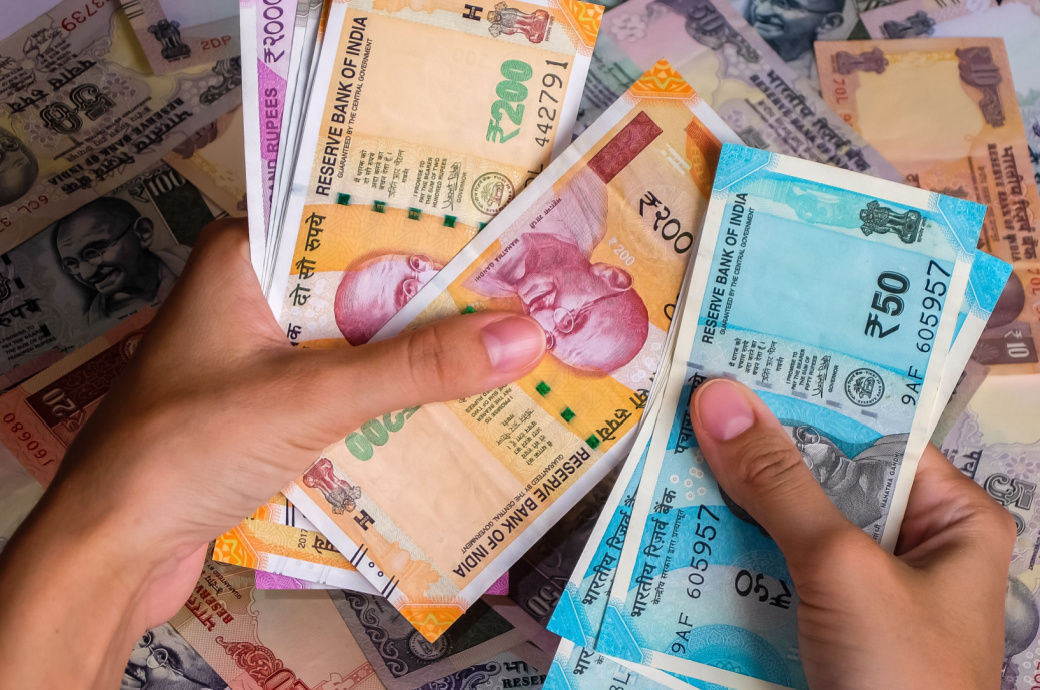

The country’s current account deficit is estimated to fall in FY23 and FY24, offering a buffer to the rupee in uncertain times, backed by the benefits from the moderation in oil prices, the recent fall in import-intensive consumption demand and high services exports, the review said.
Macroeconomic stability is also likely to receive a further boost in FY23 because of this.
This will offer a much-needed cushion to India's external sector at a time when the US Federal Reserve is likely to raise rates further and ensure that India's external finances are not a major cause of concern, it said.
Imports are less expensive now with the easing of global commodity prices.
"With a manageable current account deficit and a growth rate highest among the major economies in FY23, the Indian economy has shown a new-found resilience in sailing through the turbulence caused by the pandemic and geopolitical stress," the report said.
"With WPI [wholesale price index] inflation declining to a 25-month low, its transmission to CPI [consumer price index] inflation is soon expected," it said.
Going forward, the inflation trajectory will likely be determined by extreme weather conditions like heatwaves and the possibility of an El Nino year, volatility in international commodity prices and pass-through of input costs to output prices, the report added.
Fibre2Fashion News Desk (DS)